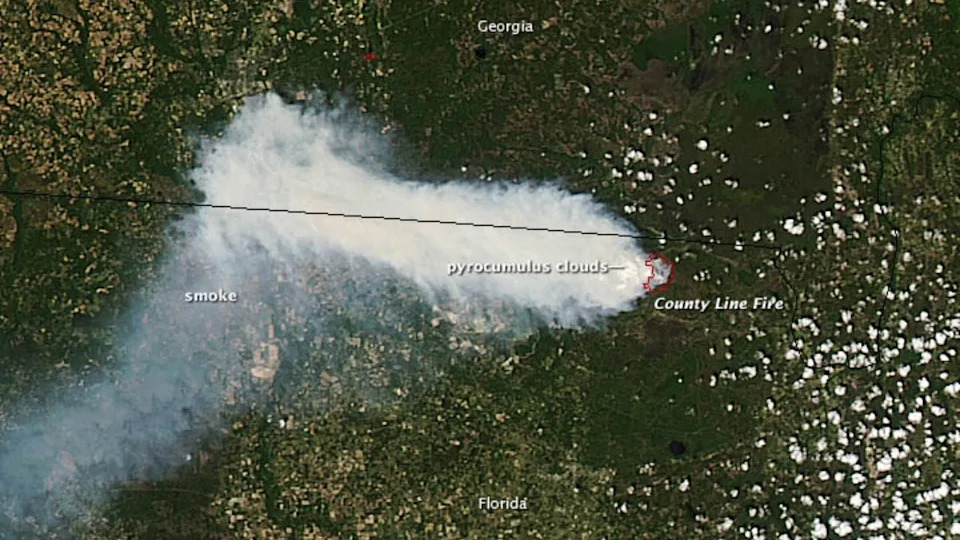New Satellite Technology Offers Detailed, Three-Dimensional Mapping of Wildfire Smoke Plumes

Canada is once again grappling with a severe wildfire season, with expansive plumes of smoke impacting air quality across both Canada and the United States. The intensity of these fires echoes the record levels observed in 2023, which exposed millions to hazardous airborne particles. While satellites have been utilized for years to track such smoke events, previous capabilities offered only two-dimensional perspectives, lacking crucial information about plume height.
The altitude of a smoke plume directly influences its impact on human health. Elevated plumes pose minimal risk as they remain distant from ground level, whereas low-lying plumes expose populations to harmful chemicals and particulate matter – specifically PM2.5 – which can penetrate deep into the lungs, potentially triggering or worsening respiratory and cardiovascular conditions.
Currently, the Environmental Protection Agency relies on a network of localized air quality monitoring stations to issue alerts; however, these stations are sparsely distributed across vast areas, resulting in generalized forecasts. A newly developed satellite-based technique, spearheaded by researchers at several universities and government agencies over the past two years, now provides scientists and air quality managers with three-dimensional visualizations of smoke plumes, enabling detailed risk assessments at a neighborhood scale for both urban and rural settings.
NOAA’s AerosolWatch tool already delivers near-real-time imagery of wildfire smoke using GOES-R satellite data and plans to incorporate TEMPO’s altitude information. A prototype system developed by a NASA-supported research project called FireAQ offers users the ability to zoom in on specific neighborhoods to assess plume height, although currently updated only daily and limited by cloud cover interference.
Despite improvements in air quality across much of the U.S. between 2000 and 2020 due to stricter emissions regulations, increased wildfire activity has begun to reverse this progress, particularly in western regions where smoke plumes have effectively negated nearly two decades of gains.









